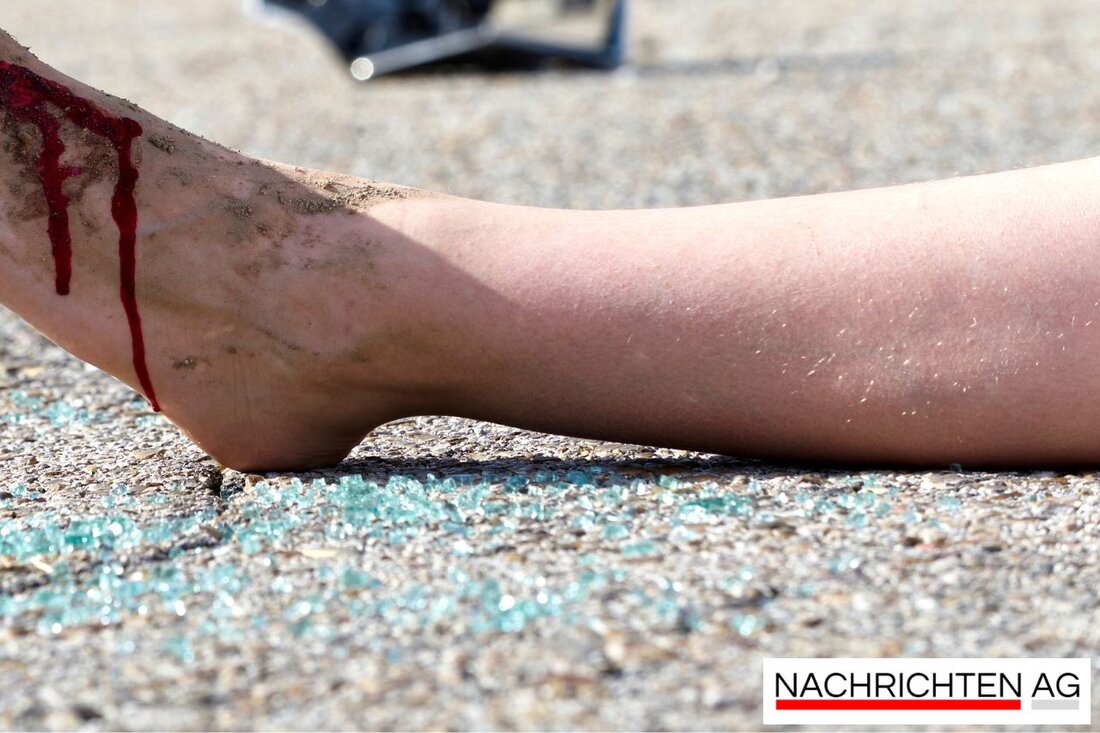Bremen as a pioneer: The eight-minute city scores highly when it comes to local amenities
Bremen is analyzed as a model example of the “eight-minute city”, with excellent local amenities in the Neustadt.

Bremen as a pioneer: The eight-minute city scores highly when it comes to local amenities
In a current study by the Federal Institute for Building, Urban and Spatial Research (BBSR), Bremen shines as an exemplary “eight-minute city”. This analysis records how quickly residents can reach various everyday destinations - from supermarkets and daycare centers to bus stops and family doctors - on foot or by bike. What is special about this study? Bremen not only shows good results, but also offers some places that can even boast the qualities of a “five-minute city”. It is noticeable that the districts of Mitte, Ostliche Vorstadt, Neustadt, Vegesack and the south of Blumenthal are particularly popular, while accessibility in Rekum is significantly worse with an average travel time of 25 minutes Weser courier reported.
The numbers speak for themselves: in Bremen the average travel time is 7.9 minutes, compared to 8.2 minutes in Bremerhaven. For comparison: Hanover leads with 6.4 minutes, while Leipzig and Nuremberg are at 6.7 minutes. This shows that Bremen is on a solid course, but the longer distances to parks, such as in Oberneuland or Blumenthal, can also partly be explained by the incorporation of rural peripheral areas. If you look at the nationwide average, it is 14.6 minutes here, and even 31 minutes in rural areas.
The 15-minute city in focus
A central theme of the study is the concept of the 15-minute city, which was brought to life in 2016 by the Colombian urbanist Carlos Moreno. It aims to achieve all basic needs within 15 minutes. The study makes it clear that this model not only works in large cities like Berlin or Hamburg, but also in smaller cities and communities, such as BBSR determines. Around a quarter of German municipalities can already implement this goal.
The study analyzed the accessibility of 24 typical everyday facilities, taking into account different walking speeds for the age groups. On average, people in Germany can reach around three quarters of these facilities within 15 minutes. This is a sign that a well-organized neighborhood is beneficial for all social classes and can make everyday life much easier.
Recommendations for a better Bremen
In order to further improve the quality of life, the study calls for numerous measures: These include densification in loosely built-up residential areas and better traffic planning for pedestrians and cyclists. Wider sidewalks and safe cycle paths are intended to make urban spaces more attractive. It also emphasizes how important it is to involve citizens in the planning processes. It turns out that close cooperation between transport and urban planning is essential in order to promote lively neighborhoods in the future.
With an index value of 76 out of 100 possible points, Bremen has secured a place among the 100 best municipalities in Germany in terms of local supply. The path to the future of urban planning has been paved - with the aim of making Bremen even more livable and further improving local amenities for its citizens, according to the MDR.

 Suche
Suche
 Mein Konto
Mein Konto